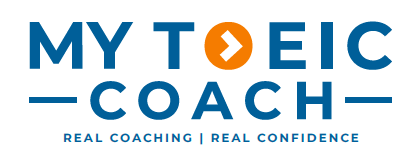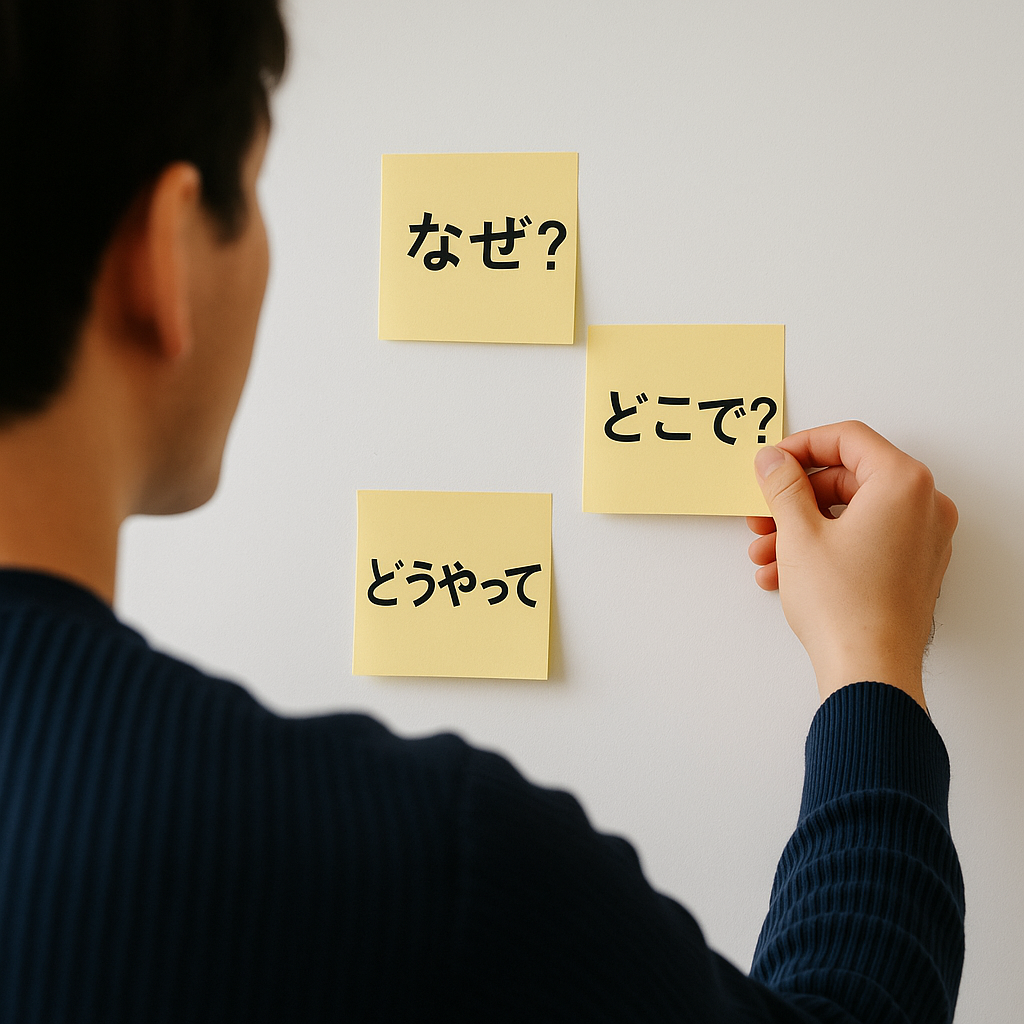The Tiny Words That Make a Big Difference: Mastering "a," "an," and "the"
Articles are tiny words — but they’re one of TOEIC Part 5’s favourite traps.
They test whether you understand specificity, countability, and context. Get them right, and you’ll collect fast points. Get them wrong, and you’ll give them away.
🔹 Two Types of Articles
Definite article → the
Indefinite articles → a, an
The difference:
a / an = non-specific, first mention
the = specific, known to both speaker and listener
Example:
I saw a dog in the park. → any dog.
I saw the dog that always barks at night. → specific dog.
🔹 A vs An — It’s About Sound, Not Spelling
a before consonant sounds → a book, a university (yoo sound)
an before vowel sounds → an apple, an hour (silent “h”)
✅ An honest mistake — starts with a vowel sound, not an “h.”
🔹 The — When Specificity Matters
Use the when referring to something the listener already knows or that has been mentioned before.
Examples:
The report you sent was excellent.
Please close the door.
In TOEIC, the often signals you’ve spotted a specific reference earlier in the sentence or passage.
🔹 Zero Article — No Article Needed
Skip the article:
Before plural nouns in general → Books are useful.
Before uncountable nouns in general → Information is power.
Before proper nouns → Japan, Microsoft, Mount Fuji.
TOEIC trap: inserting the where it doesn’t belong → ❌ The Japan is beautiful.
📝 Sample TOEIC Part 5 Questions
Example 1:
The manager asked us to submit ___ updated project plan by Friday.
A) a ✅
B) an
C) the
D) no article
Why: Updated begins with a consonant sound (you-pdated) and it’s the first mention.
Example 2:
We had difficulty locating ___ office where the interview would take place.
A) a
B) an
C) the ✅
D) no article
Why: Refers to a specific, previously mentioned office.
🔹 Real-World Relevance
Articles change meaning. In TOEIC contexts — emails, reports, meeting notes — they signal whether something is known or new, specific or general. Native-like use shows accuracy and attention to detail.
Final Word
In Part 5, article questions are quick wins if you train your eye for:
Specific vs general
Known vs new information
Countable vs uncountable
For more strategies and resources to master TOEIC grammar accuracy, visit the English Library Collection and start locking in article usage today.

